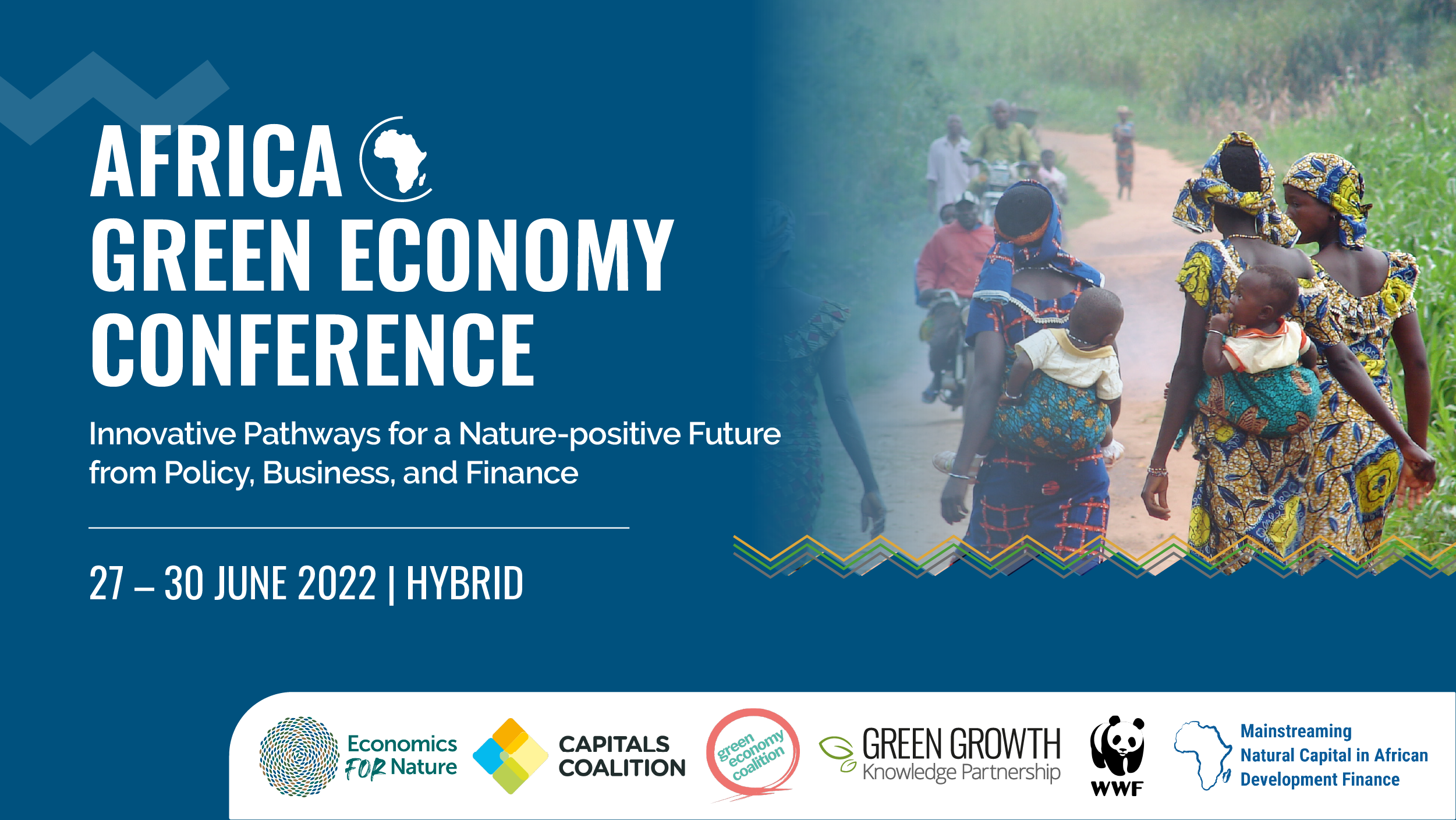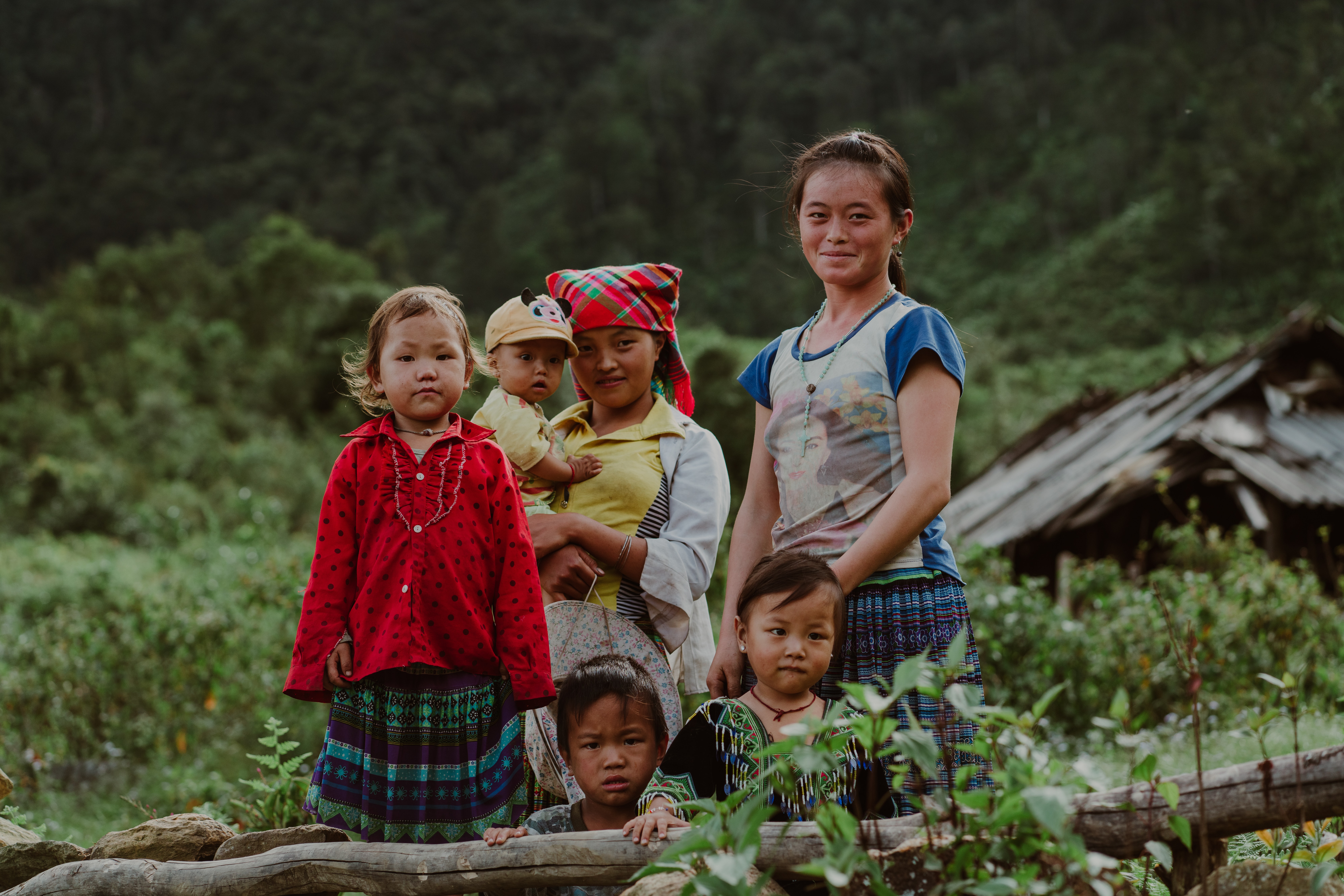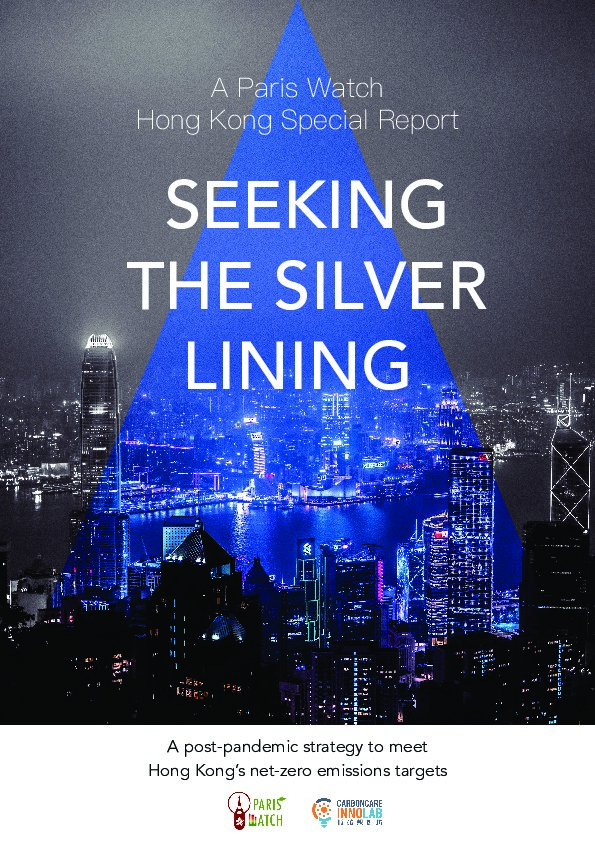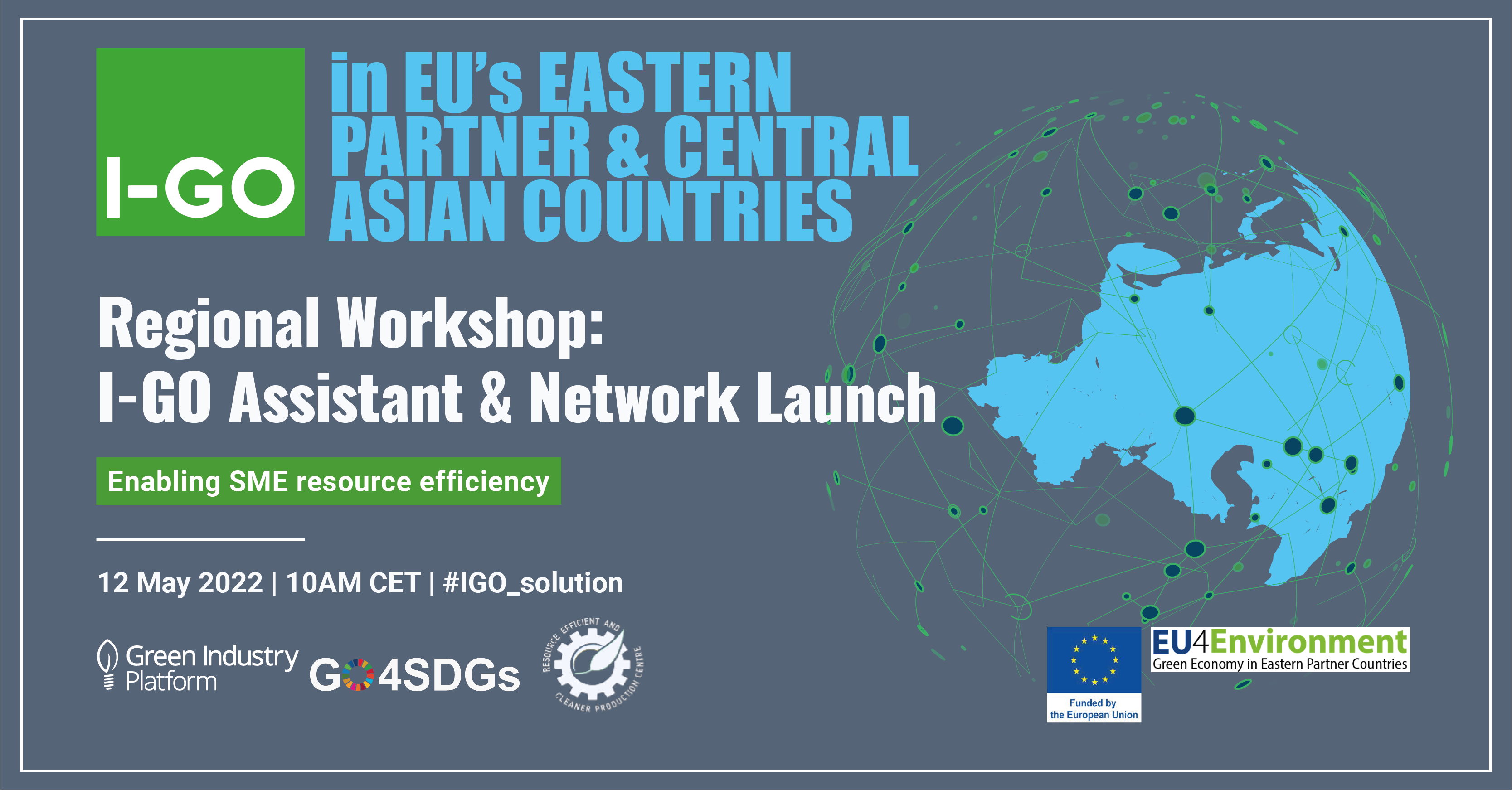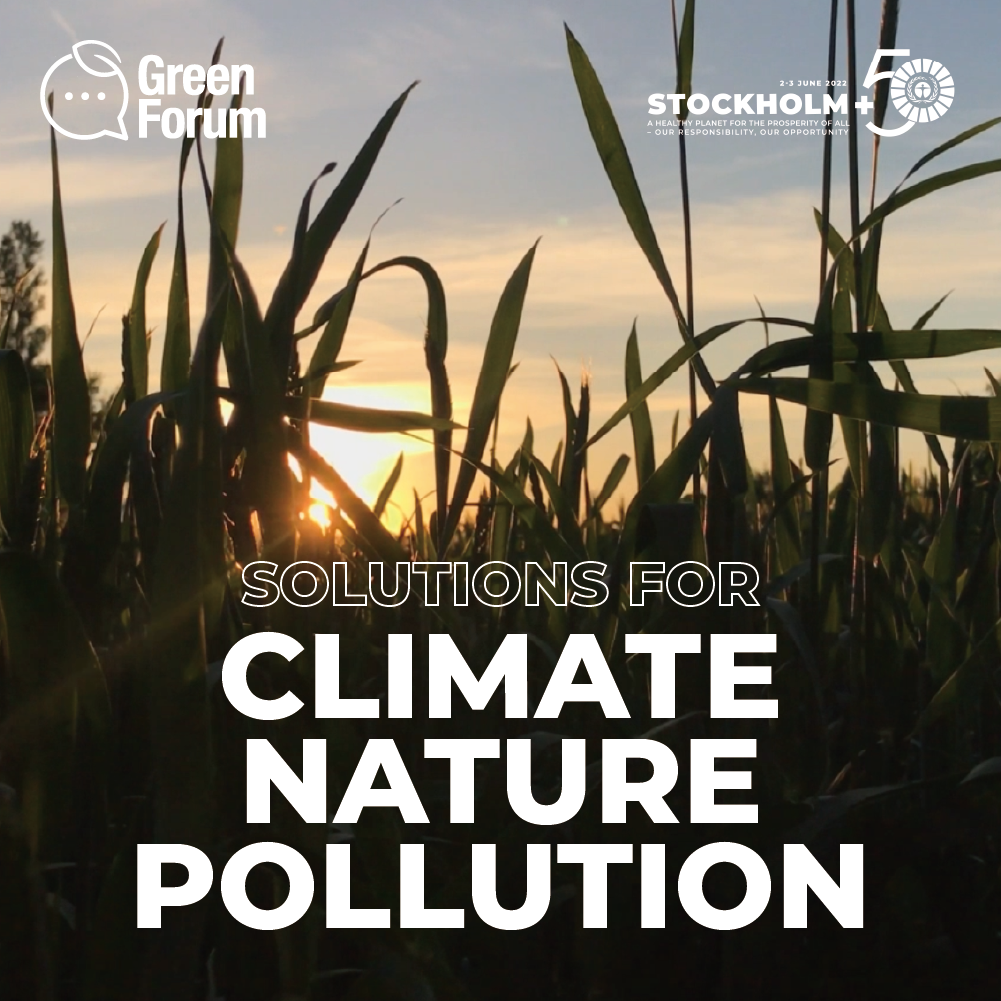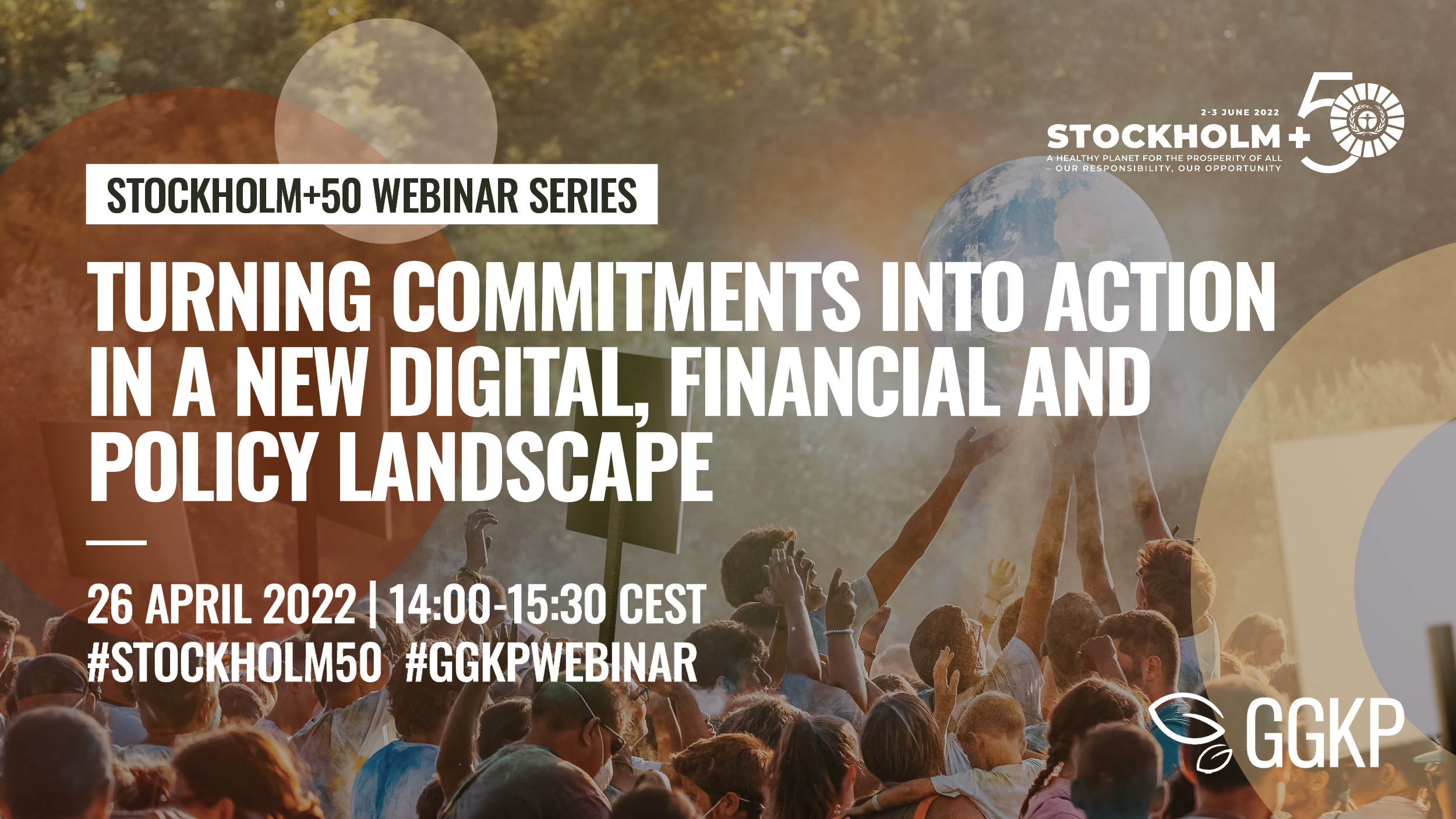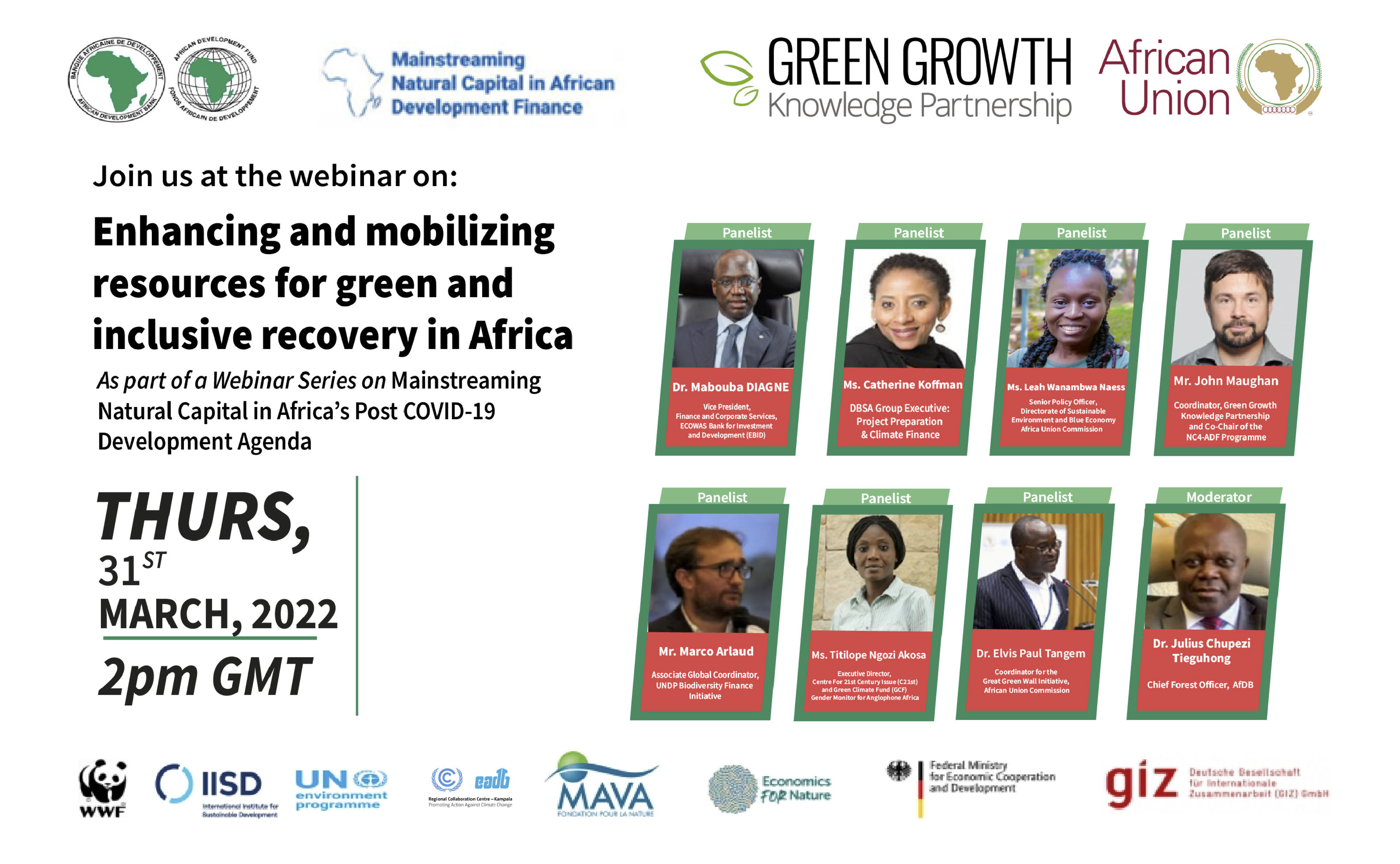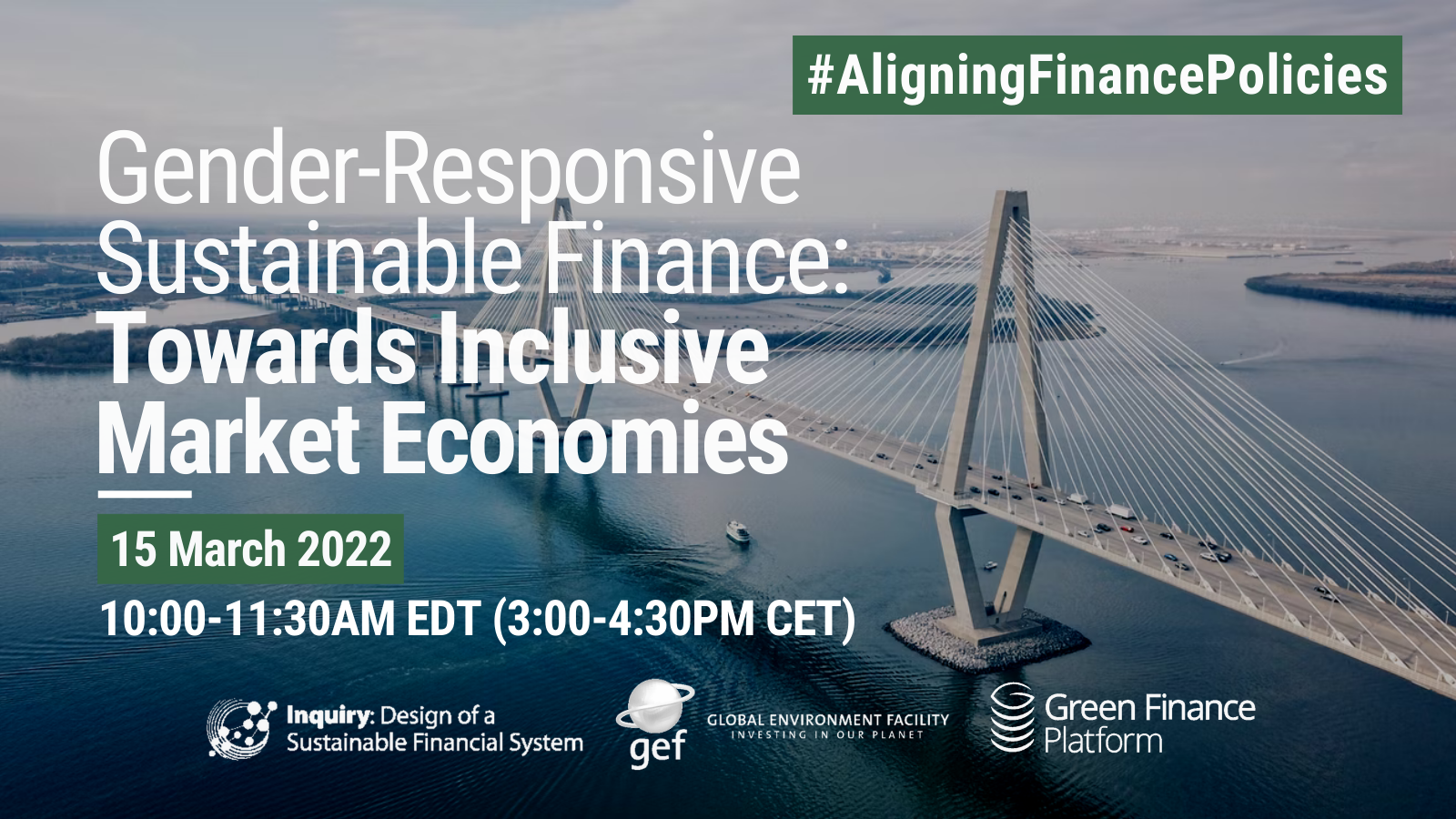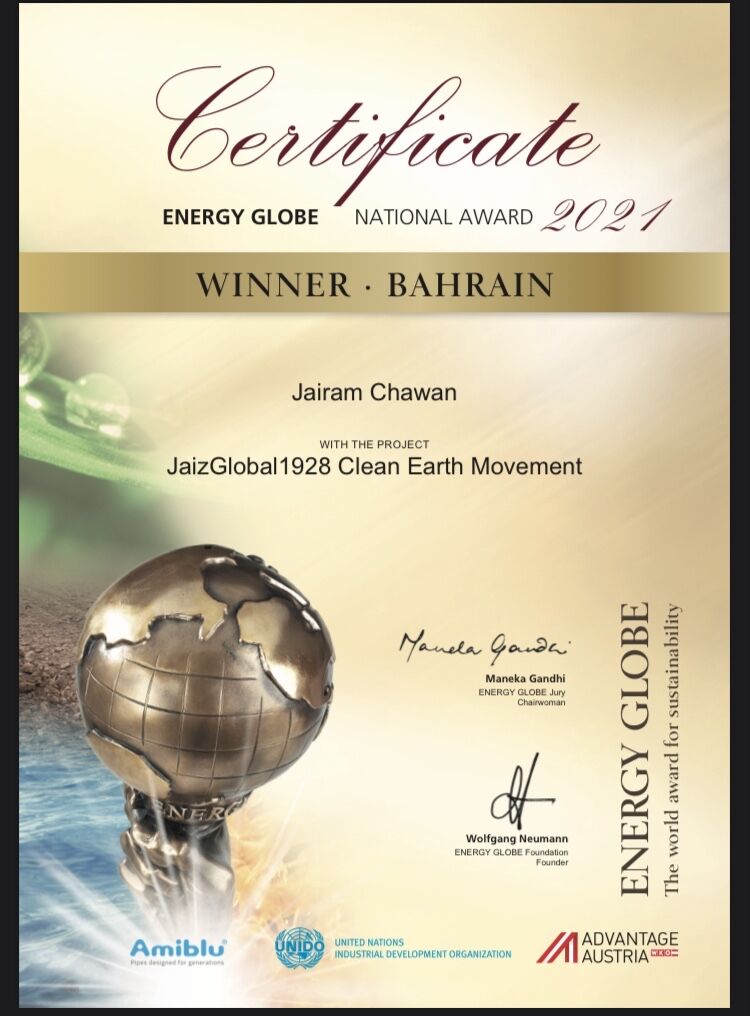
KINGDOM OF BAHRAIN: WINNER OF ENERGY GLOBE AWARDS 2021 (COP 26 – GLASSGOW SCOTTLAND)
**253 DAYS IN CONTINUOS SERVICE, PROJECT INVOLVING CHILDREN BELOW 15 AND SENIOR CITIZENS ABOVE 50 YEARS OF AGE, VOLUNTEERS DEDICATED TO ENVIRONMENTAL WORKS, STUDENTS OF ARCHITECTURE AND ENGINEERING, ARTISTS OF ALL FORMS.
Project start date: 21st June 2020
Project End date: 01st March 2021
@Global_Citizen_0000 in the service of the universe, nature and the mother Earth.
• Project Summary
The project “JaizGlobal1928 Clean Earth Movement” and its concepts are dedicated to children below 15 years of age, elderly people above 50 years of age, Expecting Women & students of Engineering and Architecture. One of the major contributors to environmental pollution is waste and debris produced by construction industries. Most of the time very valuable and the project "JaizGlobal1928 Clean Earth Movement" and its concepts are dedicated to children below 15 years of age, elderly people above 50 years of age, Expecting Women & students of Engineering and Architecture. Debris produced by the construction industry is one of the major contributors to environmental pollution, most of the time very valuable and expensive materials are just dumped into the ocean which can be easily recycled, reused, or utilized for various social causes. If the right action is taken and efforts implemented to bring awareness between people, we may able to find the fruitful solution to the deadliest concern on this planet.
As oceans produce almost half of the oxygen it must mandatory to keep them free from pollutants. Due to rapid deforestation earth has already lost most of its green cover reducing oxygen content, where smoke released from an increasing number of industries, hydrocarbon from the petroleum companies and cars, etc. creates more danger not only to human life but for all the species. And rapid urbanization leads to various infrastructures resulting in construction waste. Which more often reaches landfills and oceans creating marine debris. Every species in this universe has equal rights to live healthily and without any abuse, physical trauma, or intentional harm and risk caused by trash, garbage, human-created waste dumped directly in the sea or at the seashore
Fundamentals of the project are as follows;
• Everything in this universe and the human body is made up of five basic elements: Earth, water, fire, air, and space or sky.
• Humans have five basic senses: these basic senses help us to understand and perceive the world around us. Vision, hearing, smell, taste, touch.
• The Basic Principles and ideas are derived from the below context; and extracts of two poems of mine one paragraph each. (Salmalia & Just Like Roses )
The goal & mission of the project is to ensure complete transformation of 3.0 km sea shoreline from polluted coast to most hygienic place safe for all and creating various temporary constructions from marine debris, construction waste, and plants thrown away in dust bins.
• Information on the initial situation (problems, challenges) before the project was implemented.
The Coastline of Nurana island is a man-made island and it's private property but open for public use. This should be one of the world's most unique places where such a huge area is not commercialized. And it is full of abundant nature. But due to construction waste dumped in the sea, waste created by fishing boats and the littering by the beachgoers ends up at seashore creating unhygienic conditions, where the combination of all above creates marine debris and later when it is mixed with seaweed can create serious health issues in children below 5 years & elderly people. It can also cause various types of cancers. Seashore is mostly used for morning and evening walks, swimming, exercises, and various other families out-door activities. Most of the beachgoers usually walk barefoot to take the maximum benefit by walking on sand grains. The basic requirements to combat the covid-19 pandemic were to have good immunity and hygiene, avoid injuries, and having a good respiratory system. Considering the number of footfalls on the coastline this location was chosen. The mission was started on 21st June 2020 and this year is noted as the summer with the highest temperatures. In the beginning, the coast was full of marine debris and the trash resulted from public littering. Covering 3 km of the sea shoreline was not easy as it required just one high tide to bring all the marine debris to shore. It took two months to bring shore in good acceptable shape.
In the Original conceptual program, the design was developed more than 3.5 years before the actual execution started, due to the non-availability of time and to approach volunteers it was difficult to implement the program, However, as the pandemic got worse and worse it allowed finding alternative ways to implement this dream project. And finally, it was decided to be carried out single-handedly. The project theme was later divided into two schemes and four phases are; cleaning of seashore from marine debris and trash created by beachgoers covered under scheme – 1 (Nurana Island clean-up program ), creating artworks through lightweight construction blocks & wood materials, repair and fixing downward cavities in the graded road, and creating public garden road islands at junctions to have a smooth traffic flow covered under scheme-2 (Nurana Island beautification ). Scheme-2 was later sub-divided into various missions, Mission 19th November 2020, Fragrant Flower, Earth the Sun, The Golden Flower and Cloud and the Moon, Prayer of Salmalia, Victory of the Light till 31st January 2021, and will be followed by Night Jasmin and many more later.
Weather conditions, pandemic restrictions, and minimal interactions with the people around were the greatest challenges. Handling heavyweight materials soaked by water & brought to the seashore and pulling them to the graded road manually was very difficult in the initial stages. Where the works are done in two sessions full time ranging from 6 hours minimum to 14 hours maximum depending upon the tasks to be performed. As the days progressed community around started to notice and appreciations also began, at some occasions, some volunteers also joined the movement. Parallelly with the support of the local municipality and the cleaning agency, all the collected marine debris was transported to a designated location for further actions. The contents of this marine debris are non-decomposable materials/items such as plastic, metal, food packaging’s, empty plastic, glass, metal bottles, fishing nets, wooden pieces, children nappies/diapers, cardboard, straws, synthetic ropes and threads, plastic, and metal buckets, utensils, barrels, Wooden pallets with nails and sharp fasteners, seaweed ETC.
Lightweight constriction blocks, plywood pieces, timber pieces, plastic buckets & crates are the most difficult part for the cleaning agencies to pick up and process further. All these items were used to Repair and Refurbishment of Graded Roads, installing curbs, making planters from waste lightweight blocks, and creating a public park, architectural islands for the easy and safe movement of traffic, gardening, Children play areas, Family seating areas, friends’ catch-up areas, Etc.
To view the works and activities covered please do visit the below links;
YouTube - Global Citizen_0000 –
Read More
